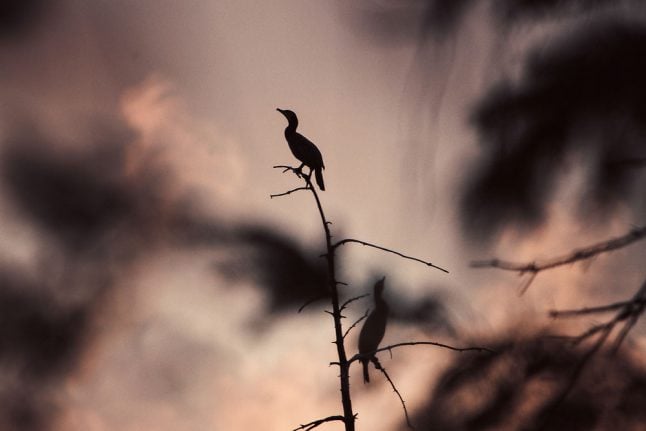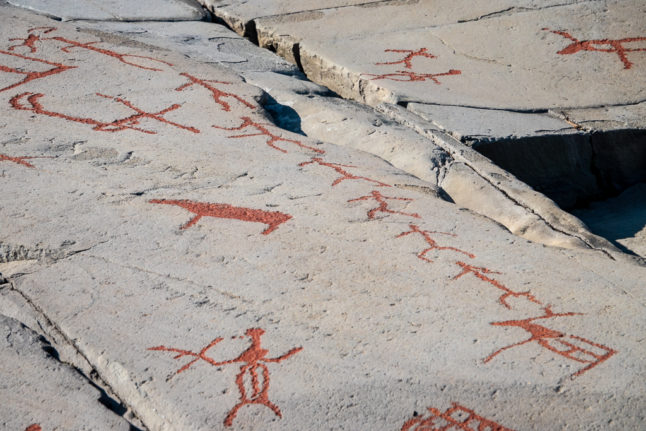According to a Danish Ornithological Society (DOF) press release, there were 31,605 breeding pair of the bird in the country in 2018, a reduction of five percent.
The figures were provided by Aarhus University and the Danish Centre for Environment and Energy (DCE).
Measures have been taken to reduce the size of the cormorant population in recent years, something that must now be adjusted, DOF said.
“We think the cormorant control should be adjusted given that the population has been significantly reduced over several years and is a lot low than it was 10-15 years ago,” biologist Knud Flensted, who represents DOF on a Ministry of the Environment and Food consultation panel, said.
13 percent of nests were regulated so that no eggs hatched during this year’s season corresponding to 4,249 nests at 18 colonies. Eggs are covered with oil, preventing chicks from hatching or gestating, Flensted said.
The species of bird is considered a pest by fishermen because it eats protected and threatened wild salmon.
The bird has also thrived more in some parts of Denmark than others. In western and southern Jutland in particular, numbers have decreased.
Although Flensted said that the population had been controlled particularly keenly in those areas, DCE researcher Thomas Bregnballe noted that geographical variations were primarily due to differing prevalence of feed in different seas.
An increase in white-tailed eagle numbers in southeastern Denmark may also be related to the fallback in cormorants here, Bregnballe added.
READ ALSO: 'Three million' birds flew from Denmark since 1970s: report



 Please whitelist us to continue reading.
Please whitelist us to continue reading.